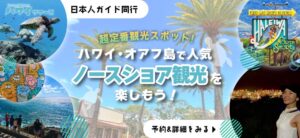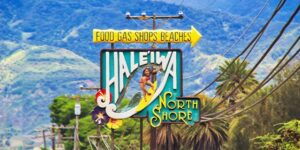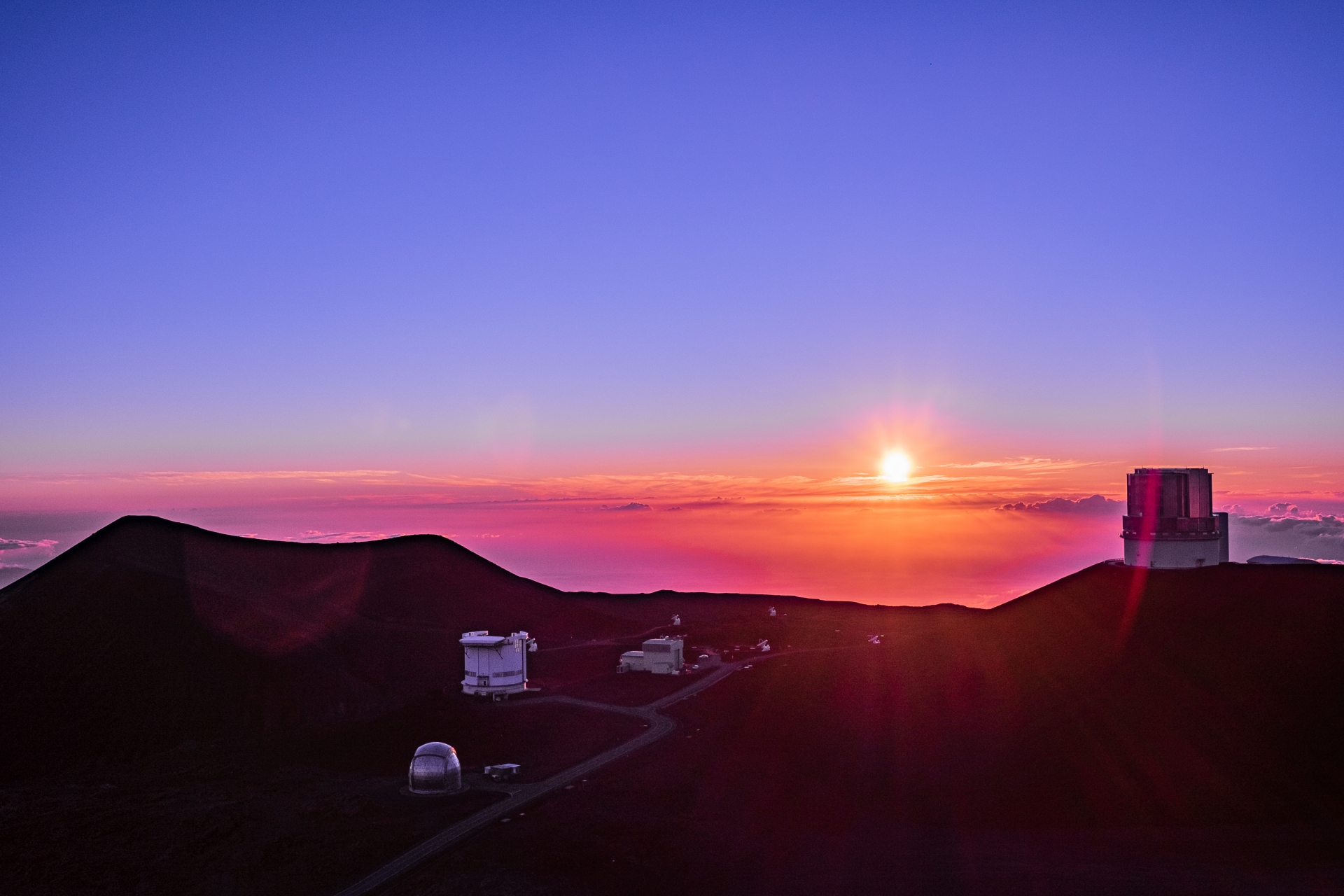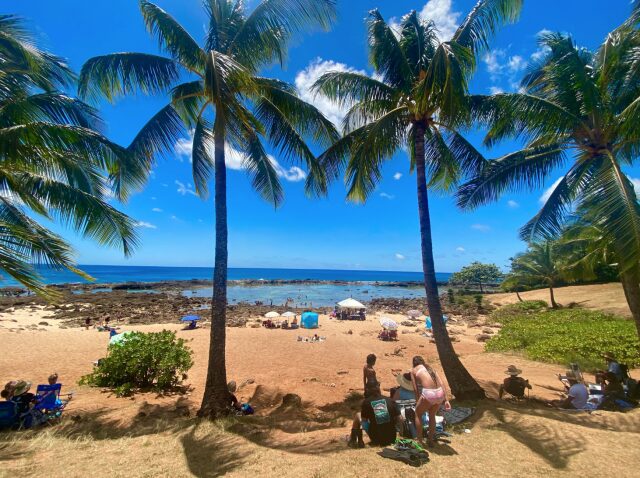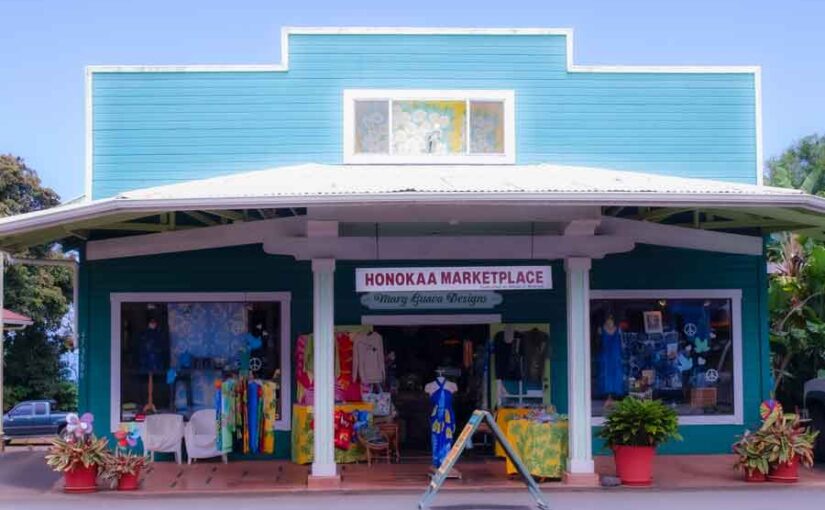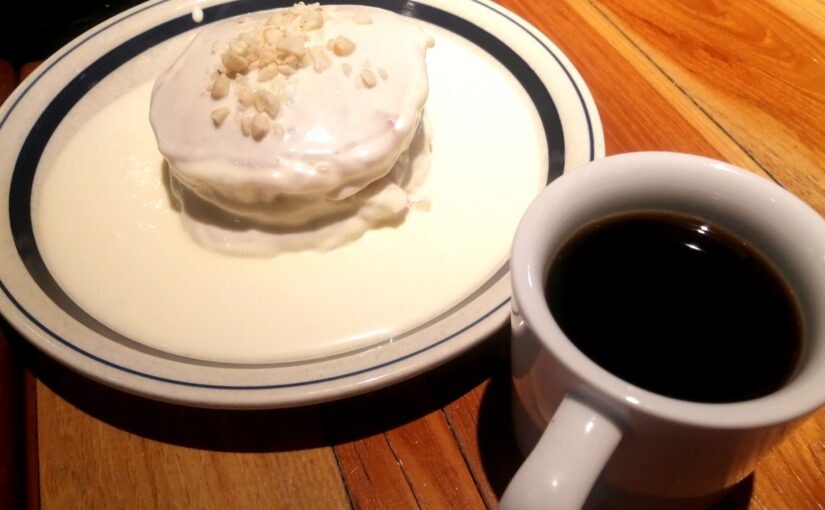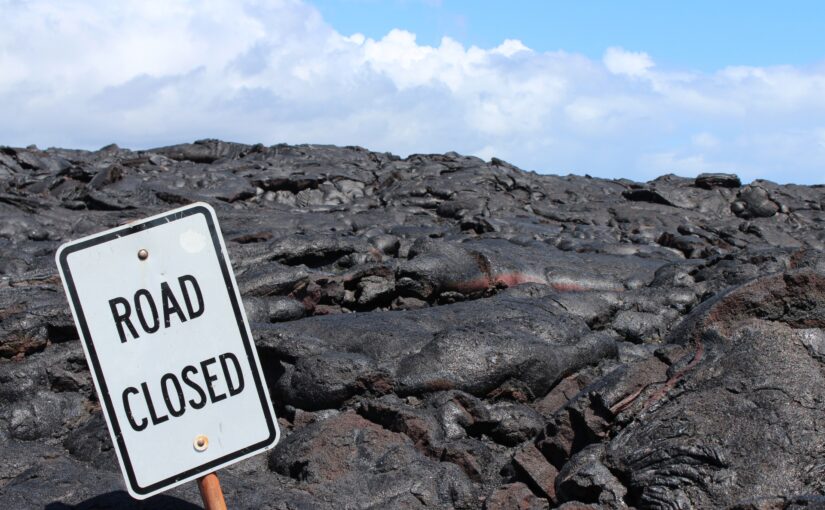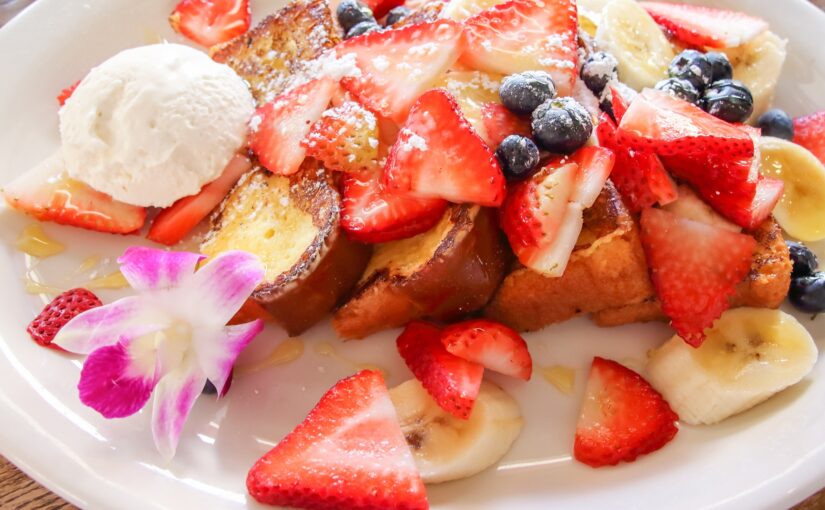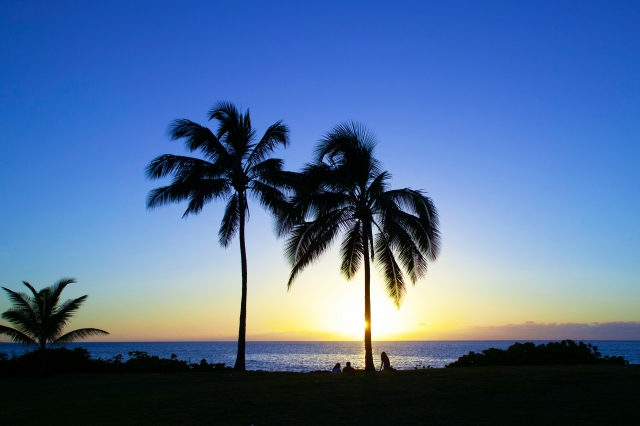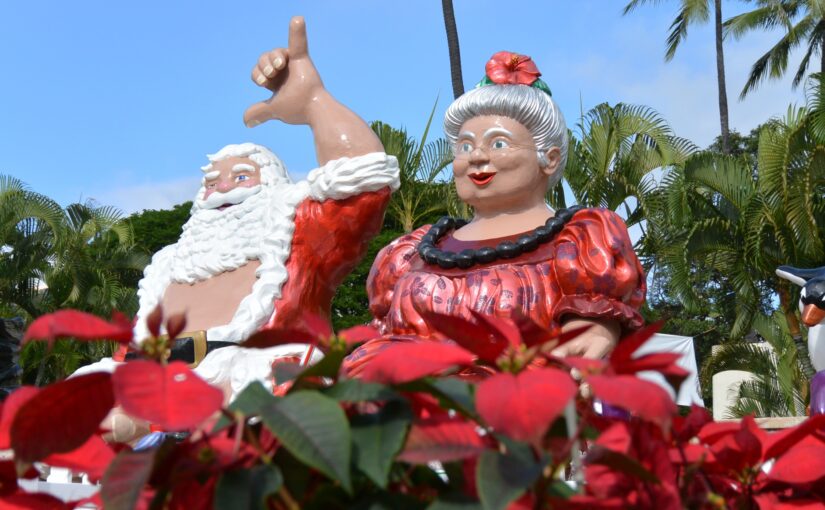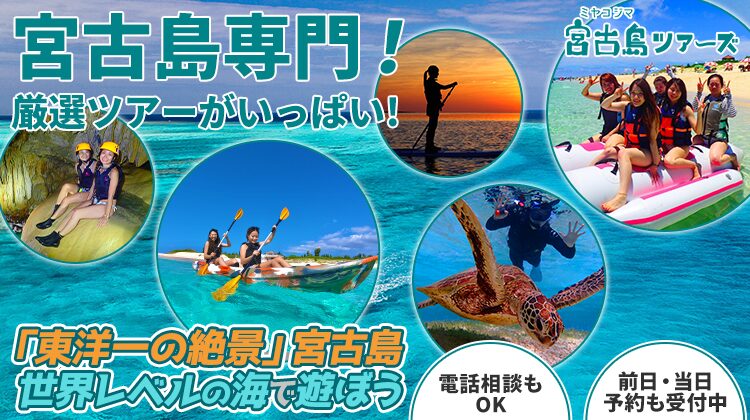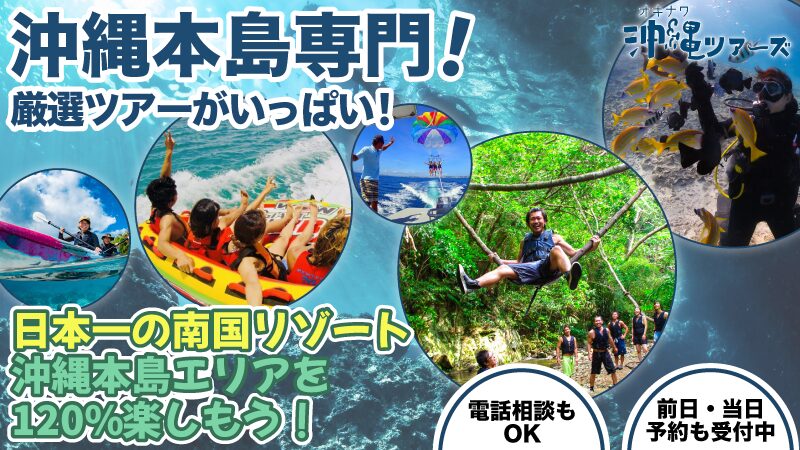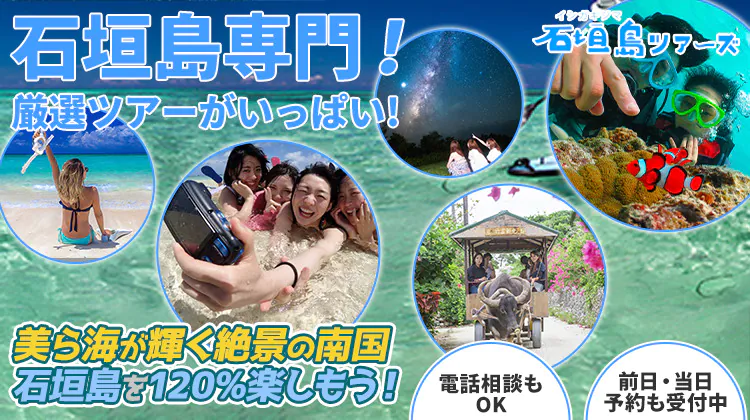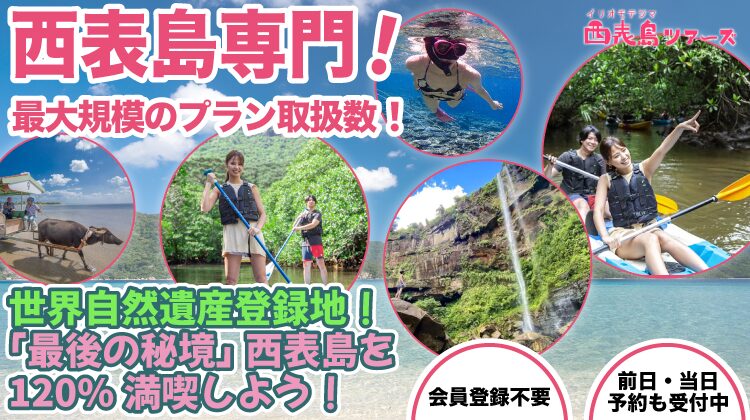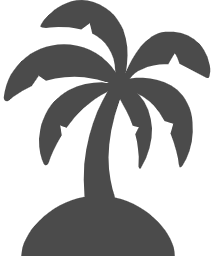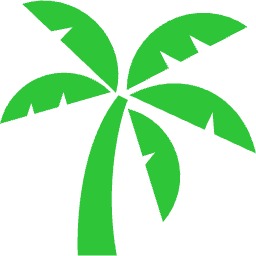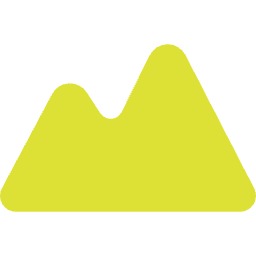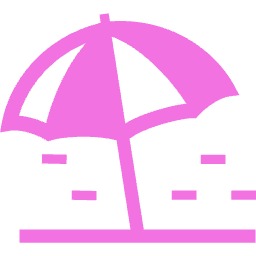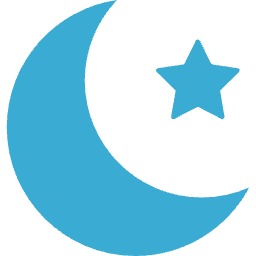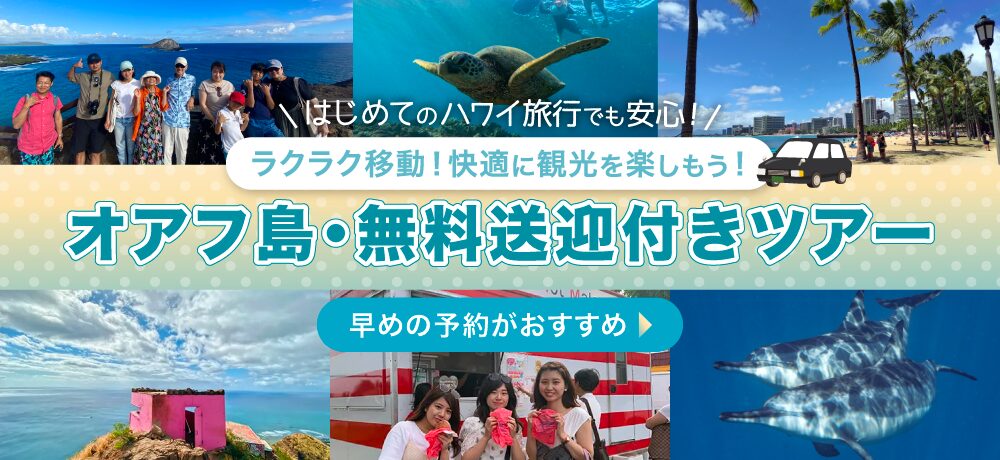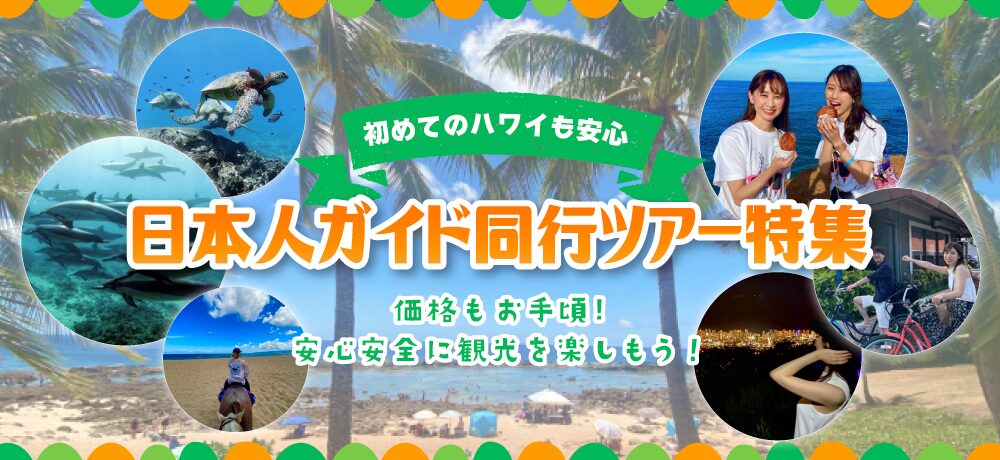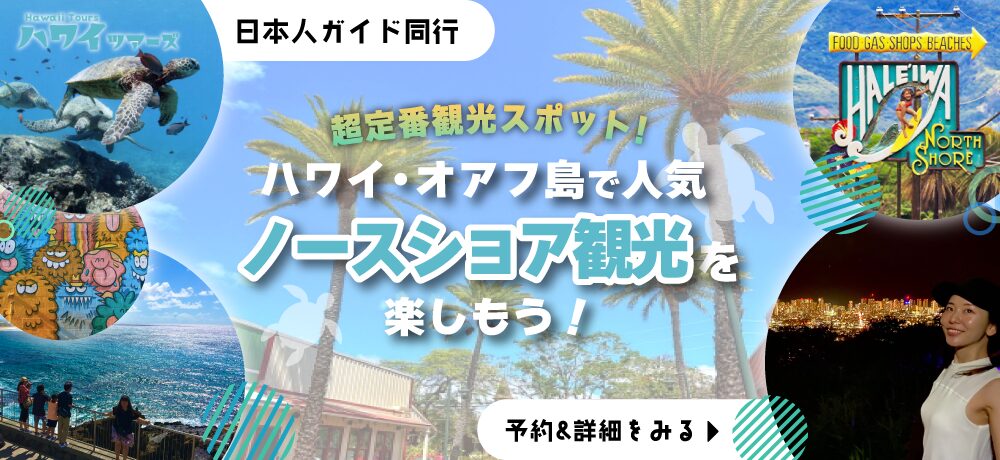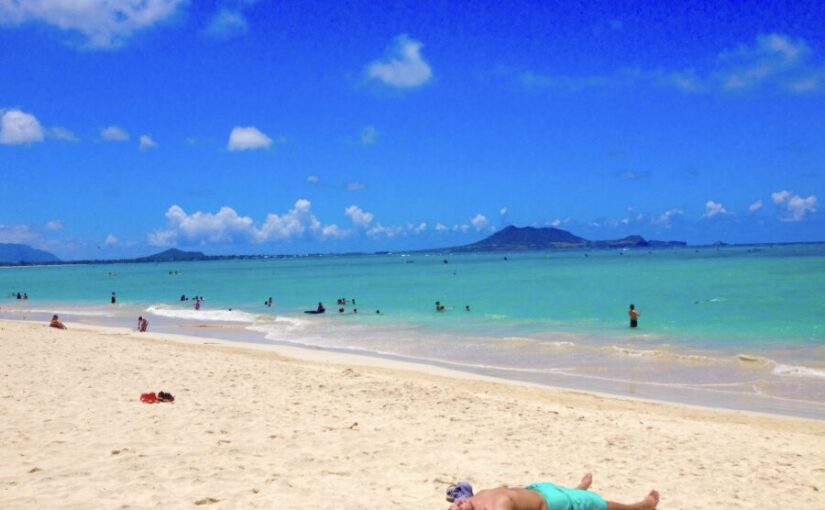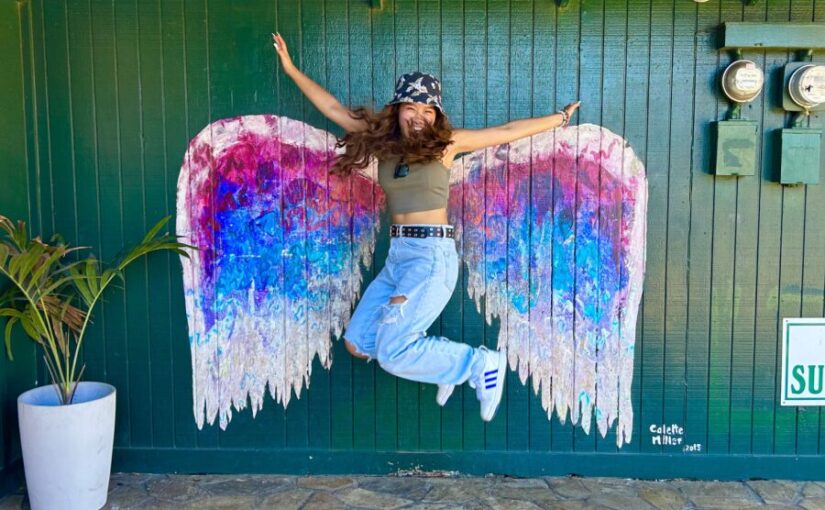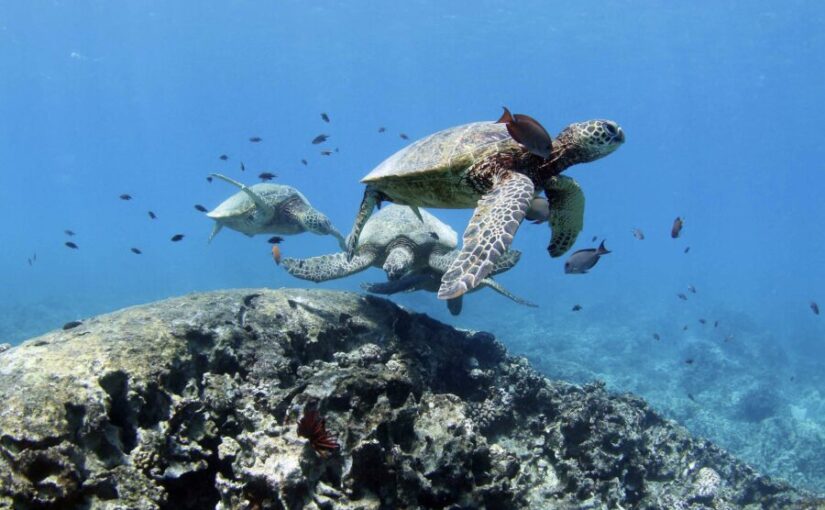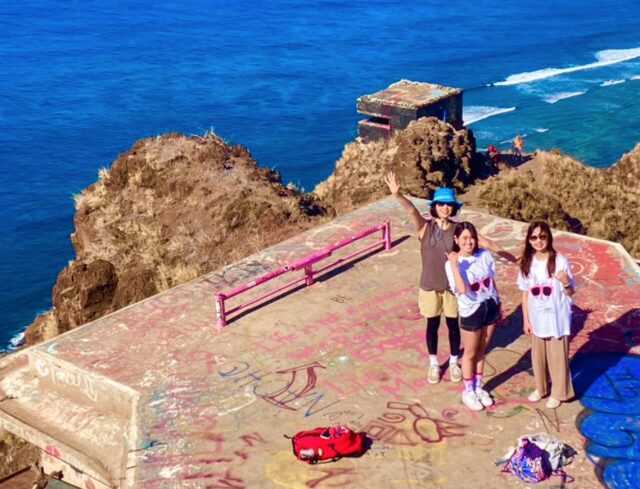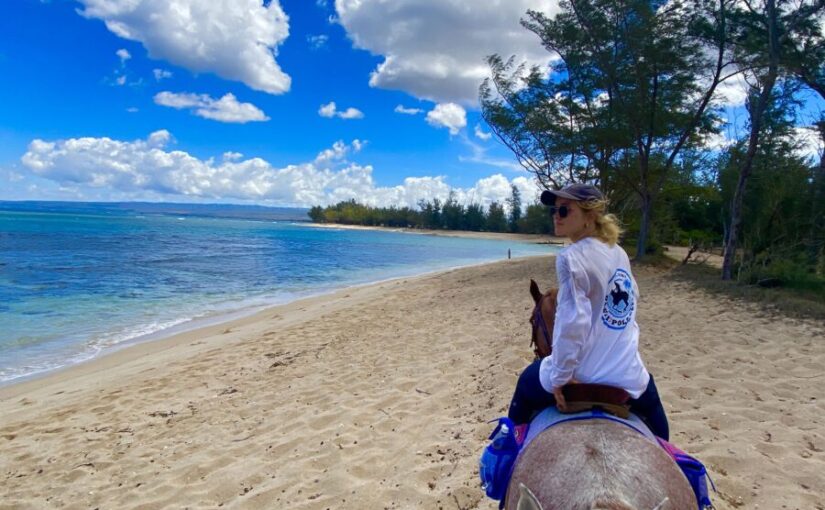Hawaii Island] What is Mauna Kea, the most spectacular spot on the Big Island of Hawaii? A thorough explanation of the highlights, including the spectacular view from the observatory and telescope, and stargazing.
Table of Contents
- 1 Hawaii Island, nicknamed the Big Island
- 2 What is the Big Island of Hawaii like?
- 3 How to get to Hawaii Island
- 4 Attractions of the Big Island of Hawaii
- 5 What is Mauna Kea like?
- 6 History of Mauna Kea
- 7 thing to note
- 8 What to wear and what to wear to enjoy Mauna Kea
- 9 Access
- 10 If you want to enjoy Mauna Kea safely, join a tour.
- 11 summary
Hawaii Island, nicknamed the Big Island
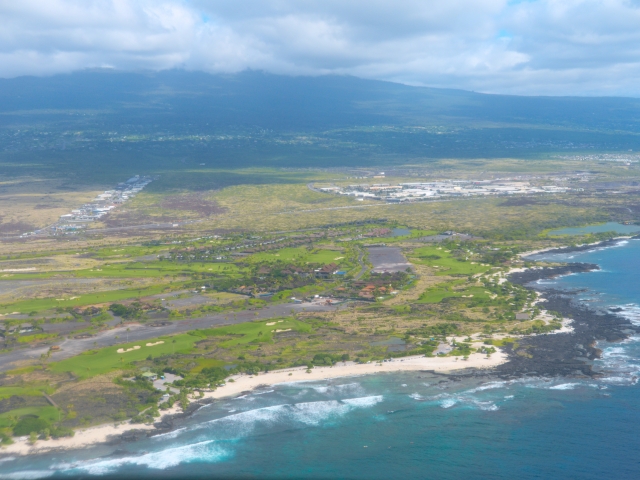
The island of Oahu, where Waikiki is located, is a favorite Hawaiian island for Japanese people, but there are many other islands in Hawaii that are also attractive.
The Big Island of Hawaii is one such island.
The Big Island of Hawaii has a lot to offer: volcanoes that give you a sense of the breath of the earth not found on Oahu, black sand beaches where the lava that flowed out has cooled and hardened, spiritual waterfalls, mysterious mountains, and more.
There are also Kona and Hilo with their old-fashioned streets, coffee farms, and beaches where you can see sea turtles.
What is the Big Island of Hawaii like?
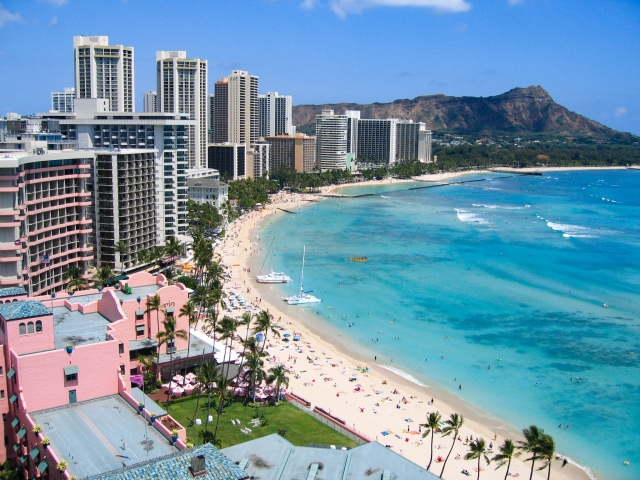
Hawaii Island, the largest of the Hawaiian Islands, has two seasons, summer and winter, and even in winter the average temperature ranges from 22°C to 30°C, making it possible to enjoy sightseeing all year round.
The best season for sightseeing is from April to September. It is hot during the day, but once in the shade, the low humidity makes for a comfortable stay.
October through March is the rainy season, so it may rain all day in some places.
When going out, rain gear or a cloak is a good idea.
The island of Hawaii is also home to 4,000-meter-high mountains, and snow falls on the peaks, so the wind from the mountains can make it cold at night, even in the city.
The main airports on the Big Island of Hawaii are Kona on the west coast and Hilo on the east coast, but Kona has the largest number of flights and is the most convenient for sightseeing.
Hilo Airport is conveniently accessible if you want to visit the volcano.
How to get to Hawaii Island
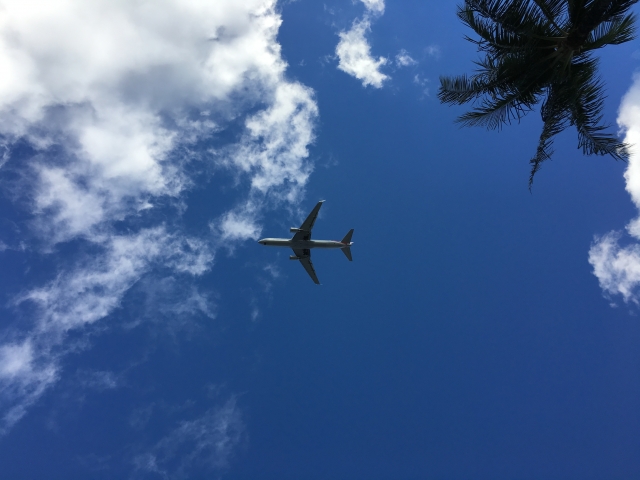
The most common route to the Big Island of Hawaii is via Honolulu International Airport.
There are direct flights from Japan to Honolulu International Airport on the island of Oahu, and connecting domestic flights to Kona International Airport on the island of Hawaii.
Transit flight time is approximately 45-50 minutes.
Because flights from Japan to Honolulu are sometimes delayed, please allow at least two hours to arrange connections to domestic flights.
There are few direct flights from Japan to the Big Island of Hawaii, but there are Japan Airlines flights from Narita and Hawaiian Airlines flights from Haneda to Elion Onizuka Kona International Airport.
The flight time is approximately 7 to 8 hours.
Attractions of the Big Island of Hawaii
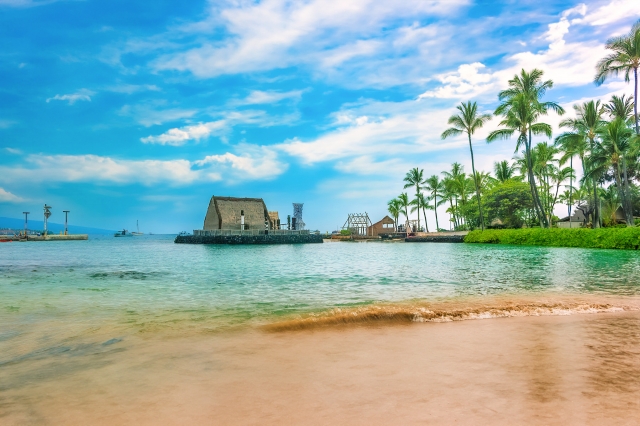
The island of Hawaii is home to tropical rainforests, and the variety of plant species is astonishing.
Although the island of Hawaii is still unfamiliar to the Japanese, Kona on the west coast, with its many tourists and resort hotels, is a major tourist destination and an area that many tourists visit on optional tours from Oahu.
Hawaii Island is popular because of its mild climate and the opportunity to stay for a long period of time and enjoy the island to the fullest.
Away from the hustle and bustle of Oahu, the island of Hawaii is a great place to relax and unwind from the daily grind.
Spectacular, untouched wilderness
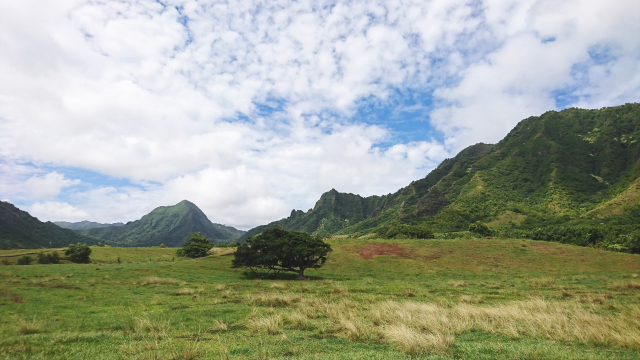
Known affectionately as the Big Island, Hawaii Island is home to untouched wilderness, including 4,000-meter-high mountains, volcanoes that are still active, and waterfalls with a drop of over 150 meters.
The island of Hawaii is an island of rugged and magnificent wilderness.
A powerful volcano
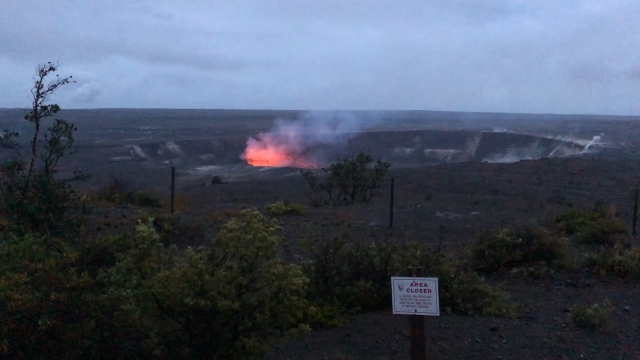
Kilauea Volcano is the most famous volcano on the Big Island of Hawaii.
Located in the southeastern part of Hawaii Island, it is designated as Hawaii Volcanoes National Park along with Mauna Loa Mountain.
Kilauea Volcano is a World Heritage site, and there are several trails in the park that allow visitors to walk around and see the powerful volcano up close.
Beautiful Beaches
The island of Hawaii differs from the image of Oahu in that it has few white sandy beaches because many of its coastlines were formed by flowing lava.
One of the few beaches with white sand is the famous Kahaluu Beach Park, where you can enjoy snorkeling and the beautiful crystal clear waters.
This beach is known as a place where sea turtles can be seen, and if you are lucky, you may be able to swim with them.
We also recommend the beautiful "Hapuna Beach," which is considered one of the 10 best beaches in the United States.
There are no large buildings around the beach and the view is excellent. Access to the beach is a little inconvenient, but those who want to spend a relaxing time should visit the beach.
Shopping and dining are also recommended.

The Big Island of Hawaii also has some great shopping spots.
The King's Shops and Queen's Marketplace, shopping malls located within the Waikoloa Beach Resort, are representative spots that sell luxury brand goods as well as Hawaiian sundries.
Another popular shopping destination for tourists is the Shops at Mauna Lani, located at the Mauna Lani Resort.
A must-visit restaurant when on the Big Island of Hawaii is My Grill by Chef Allen Hess, a B-grade gourmet hamburger store located at the Waikoloa Beach Resort.
The hamburgers, made with Hawaiian ingredients, have a reputation for being exquisite.
Also popular is Kona Brewing, a well-known Hawaiian microbrewery, and its attached pub.
The best souvenir is Big Island Candies in Hilo.
There is a store in the Ala Moana Shopping Center on Oahu, but the main store is in Hilo, and the cookies and chocolates make great souvenirs.
Kona is known for Kona Coffee, but we also recommend a tour of the coffee plantations of UCC Hawaii and Doutor Mauka Meadows.
Let's learn about culture and history.
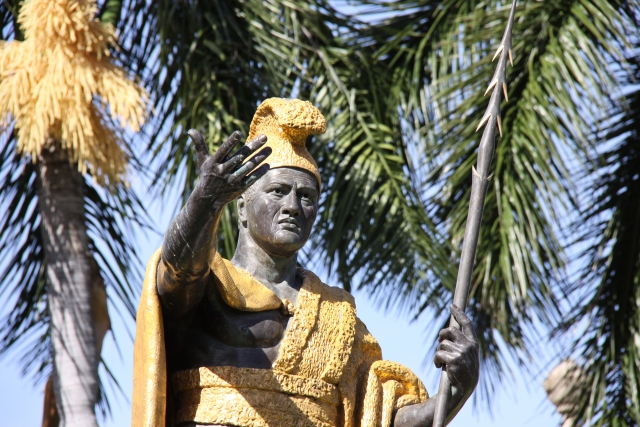
The island of Hawaii was discovered by Captain Cook in 1778, but at that time, wars were raging among the islands, and it was King Kamehameha the Great, a native of the Hawaiian Islands, who unified the warring factions.
After the unification of Hawaii in 1810 and the birth of the Hawaiian dynasty, Western culture was actively introduced.
Later, the Hawaiian dynasty fell amidst colonization by the powers that be and the struggle for supremacy, but the ruins and buildings related to King Kamehameha the Great still remain on the Big Island of Hawaii as tourist attractions.
What is Mauna Kea like?
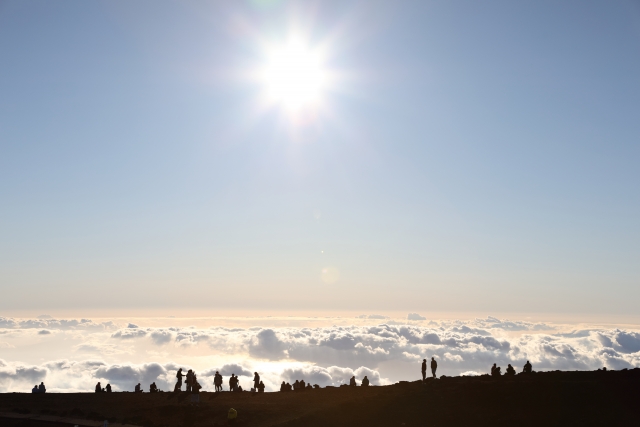 Mauna Kea, which rises 4205 meters above sea level on the Big Island, is higher than Mt. Fuji and is famous as the most suitable spot for astronomical observation due to its high clear sky rate among the world's best.
Mauna Kea, which rises 4205 meters above sea level on the Big Island, is higher than Mt. Fuji and is famous as the most suitable spot for astronomical observation due to its high clear sky rate among the world's best.
Mauna Kea, which means "white mountain" in Hawaiian, is covered with snow every year from January to February.
It is very popular among tourists because it is accessible by car to the top of the mountain, where you can enjoy the starry sky and sunset/sunrise.
History of Mauna Kea

Mauna Kea is a spiritual spot, revered as a sacred mountain since ancient times.
In ancient times, temples were built and royalty were buried there.
thing to note

Mauna Kea is the highest peak in the Hawaiian Islands and the highest peak for astronomical observation.
There are 13 observatories in 11 countries.
The ever-changing colors of the sky and a sky so full of stars that you will wonder how many stars there are in the universe can only be seen here.
If you visit Hawaii, please go to Mauna Kea and see the showtime in the sky that can only be seen here in the world.
The spectacular view from the top of the mountain is inevitably impressive.
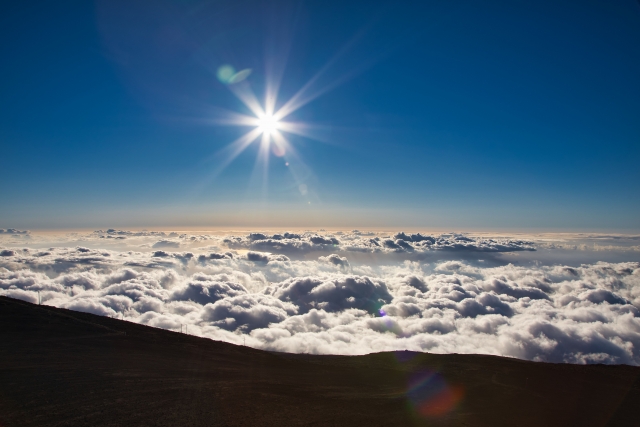
Mauna Kea is a bit of a mystery, as you can drive to its summit even though it is higher than Mt.
Once you reach the top, you will be amazed at the number of observatories.
This is the best place in the world for astronomical observation because the air is the clearest in the world and the probability of clear skies is high.
Therefore, the view is indescribably spectacular in the evening and at night.
You will be impressed by the star-filled sky.
Enjoy stargazing at the observatory!
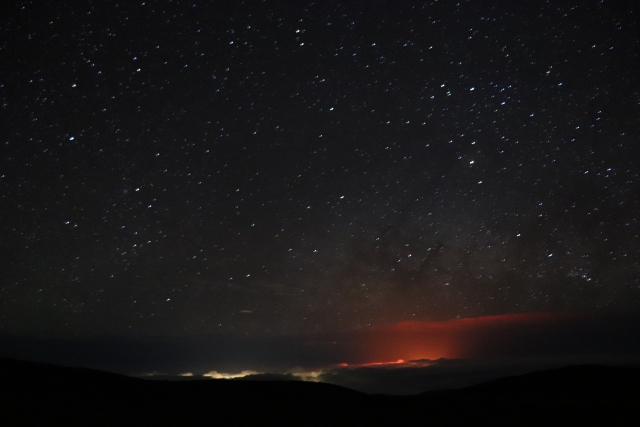
Mauna Kea is one of the most beautiful starry skies in the world, and you can view the stars at the observatory.
The sunset before the starry sky appears is also truly picturesque.
The sunset quietly setting into the sea is even majestic.
Once the sun sets, it's time for starry skies.
If you look up at the sky, you will see shooting stars and the Milky Way clearly, unlike in Japan.
From the summit of Mauna Kea, where there is no artificial light, you can enjoy the starry sky with the naked eye.
Sunrise Sunset is great too!

Mauna Kea tours include both sunrise and sunset tours.
The Sunrise Tour departs from the city at midnight to greet the dawn and enjoy the sunrise on Mauna Kea, and it is also a wonderful and tasteful way to view the stars before sunrise.
Sunset tours depart in the afternoon to watch the sunset and then go for astronomical observations.
The Sunrise Sunset tour also takes about eight to nine hours.
The ever-changing sea of clouds, the reddish sunrise, and the setting sun are impressive even just to watch.
Mauna Kea is the only mountain where you can observe not only northern hemisphere objects, but also most of the southern hemisphere objects.
Enjoy the spectacular view for a lifetime of memories.
Subaru Telescope
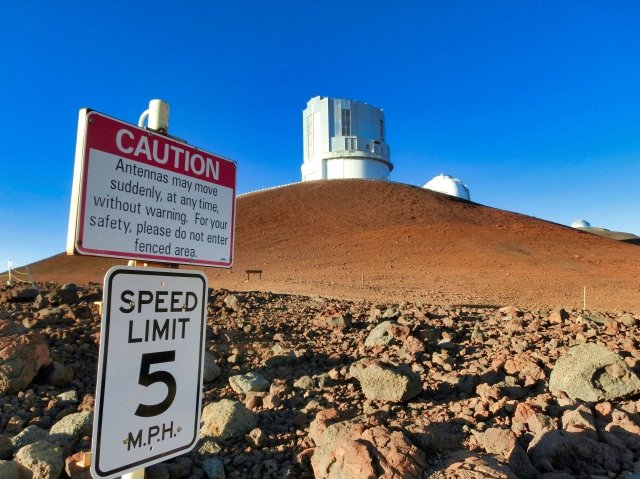
Subaru Telescope is an optical-infrared telescope with an aperture of 8.2 meters operated by the National Institutes of Natural Sciences of Japan, and was installed in 1997.
The 4200-meter-high summit of Mauna Kea is ideal for astronomical observation because the atmospheric pressure is only 2/3 that of the ground and the days are clear and dry.
It is also a spot that attracts the attention of astronomical observers from all over the world because no artificial light reaches the area.
However, the Subaru Telescope tour will end in 2022, and you can now experience a simulated tour inside the dome through the Subaru Telescope 3D Virtual Tour on the Subaru Telescope website.
Popular as a power spot
Mauna Kea is also famous as a spiritual power spot.
Mana" means special spiritual power in Hawaiian.
Since ancient times, Hawaiians have sensed the mighty power of Mauna Kea and revered it as a sacred place.
Even today, the magnificent Mauna Kea is a cosmic power spot that attracts many visitors from around the world.
Trekking can also be enjoyed
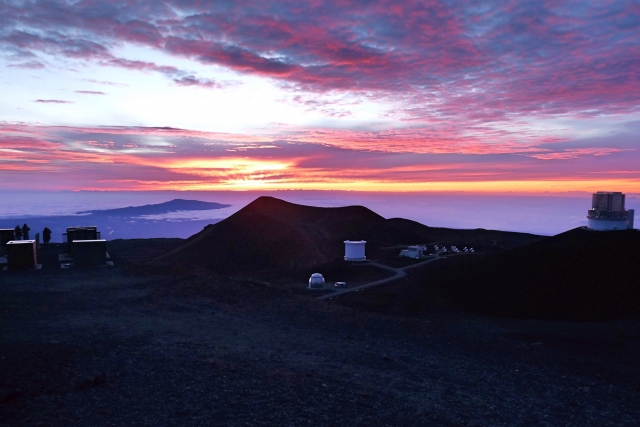
Mauna Kea can be reached by car to the top, but trekking is also recommended.
Park your car at the Onizuka Visitor Center.
Please be sure to submit your climbing report here as well.
Fuji, so do not try to climb the mountain all at once, but take your time and rest as you go.
You can wear athletic shoes or sneakers as you walk along the road.
There are steel poles every 500 feet, so there is no need to worry if visibility is reduced due to bad weather.
The trek up Mauna Kea takes half a day, so be sure to prepare food and drinking water in advance.
Onizuka Visitor Center
It is a rest and education facility located halfway up Mauna Kea, named after Colonel Onizuka, a Hawaiian-born Japanese-American astronaut.
Trekkers can submit their mountaineering registration here and leave their cars to trek.
Information on each observatory on Mauna Kea, hot beverages, and souvenirs are also available to commemorate your visit.
What to wear and what to wear to enjoy Mauna Kea
Sunrises, sunsets, and stars that seem to spill over from the summit of Mauna Kea are too beautiful to describe in a few words, but this place is higher in elevation and has more snow than Mt.
Even though it is summer, it gets quite cold in the early morning and evening, so please prepare a long-sleeved sweater or a cloak, long pants, a warmer, gloves, a scarf, sunscreen, sunglasses, etc.
It is also a good idea to have rain gear just in case.
Also, be careful of altitude sickness when climbing 4,000-meter mountains.
Pregnant women, those with heart disease, and those who have consumed alcohol or dived within 12 hours should refrain from climbing the mountain.
Please note that there are age restrictions depending on the tour, so please be careful if you have children.
Access
It is possible to reach Mauna Kea by car, but you should take a tour because of the risk of altitude sickness.
Also, even if you rent a car, most insurance does not cover the trip to Mauna Kea, and the roads are not all paved and some do not have guardrails.
If an accident should occur, you may pay a hefty compensation.
Altitude sickness also makes driving impossible due to headache, nausea, and fatigue.
Be aware that a situation that calls for an ambulance can also result in expensive medical bills.
If you want to enjoy Mauna Kea safely, join a tour.
When climbing a high mountain like Mauna Kea, it is said that the atmospheric pressure drops 100 hp for every 1000 m increase in elevation.
Applied to Mauna Kea at 4200m, the pressure difference is 420hp, an unimaginable figure.
It is dangerous to reach the summit all at once, even if the road continues to the top, because of the possibility of altitude sickness from hypoxia.
Tours are slightly more expensive, but if safety is a priority, taking a tour is the best option.
Some tours provide oxygen cylinders and other equipment.
If you get sick in a strange foreign country and end up in the hospital, it would be very difficult and could cause problems for those around you.
summary
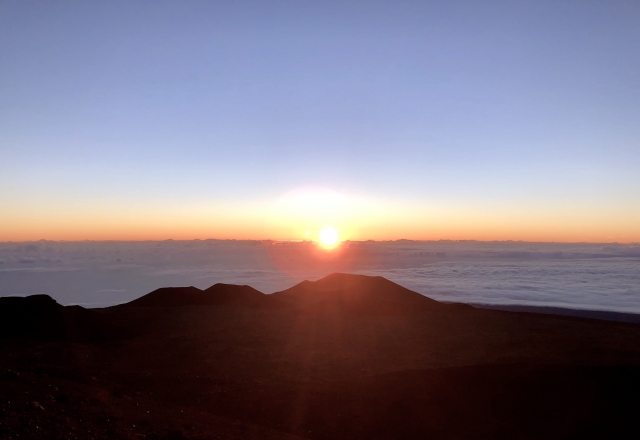
The largest of the Hawaiian Islands, Hawaii Island, with a climate that varies from place to place, offers a variety of natural wonders, including Hawaii Volcanoes National Park, Mauna Kea, and Akaka Falls, which has the largest drop-off in the Hawaiian Islands.
One of them, Mauna Kea, is famous for having one of the most beautiful starry skies in the world.
Mauna Kea is so perfect for stargazing that many countries have set up observatories on the mountain.
It is recommended that you can easily join a tour.

